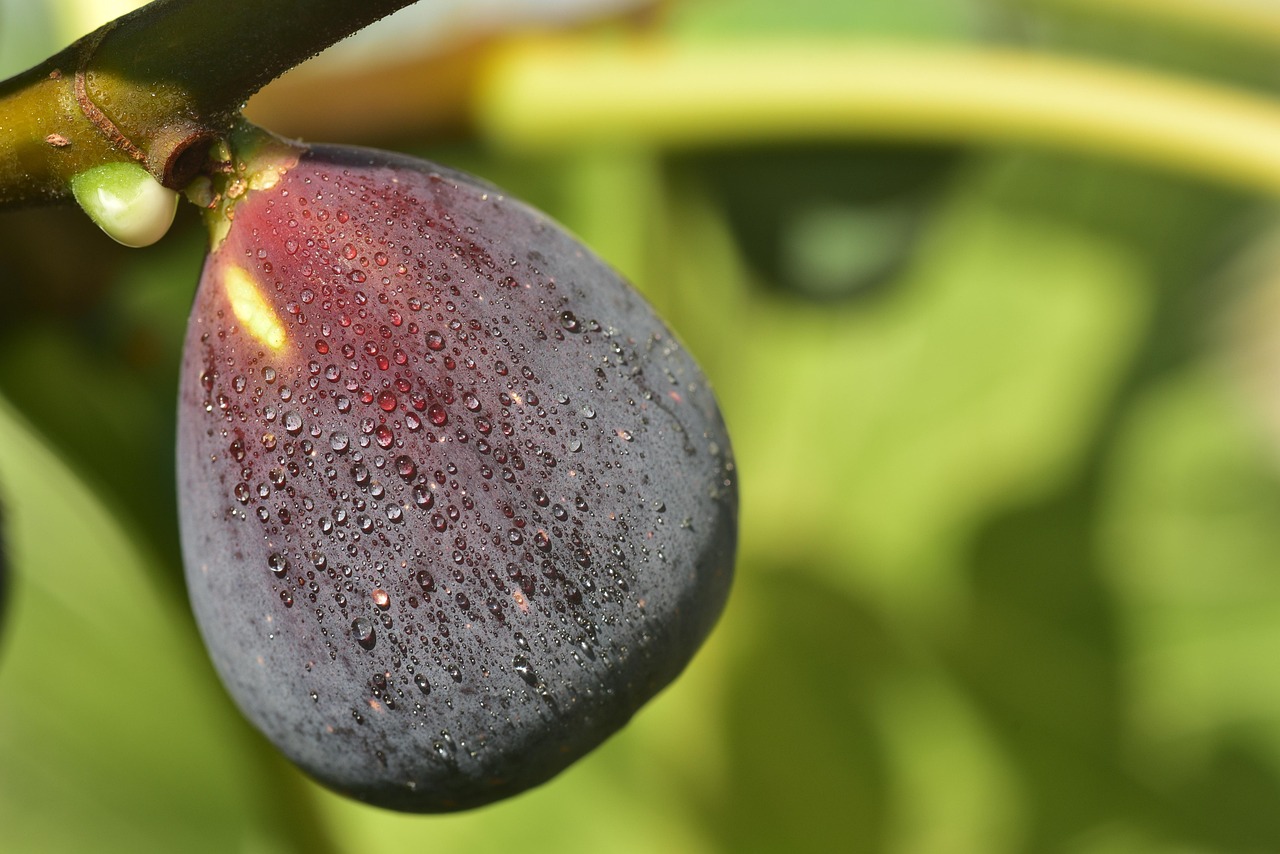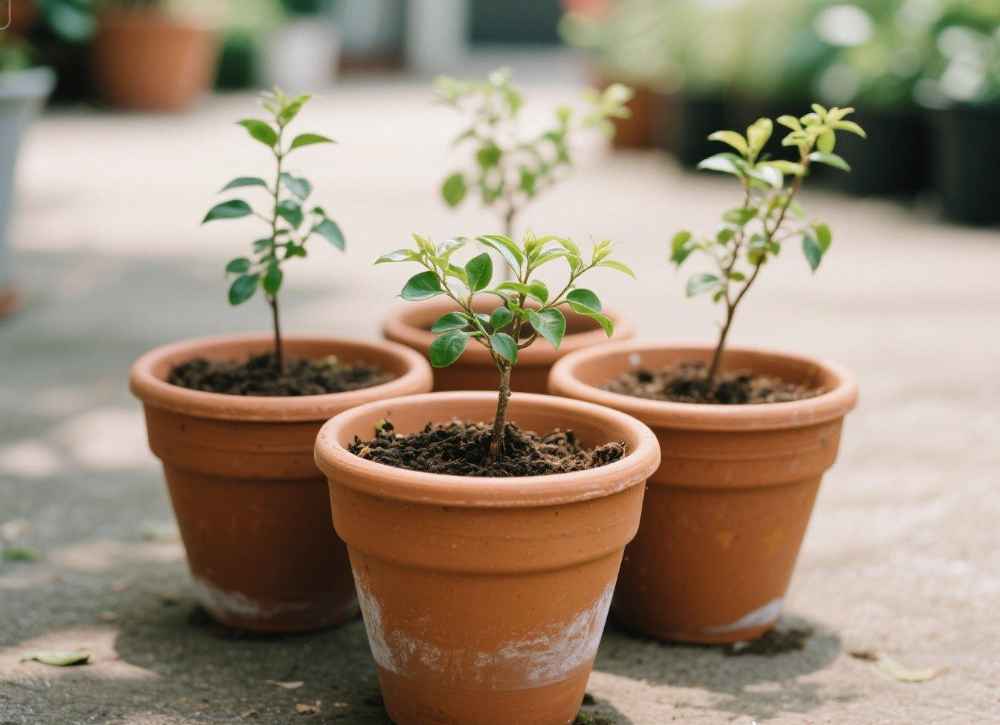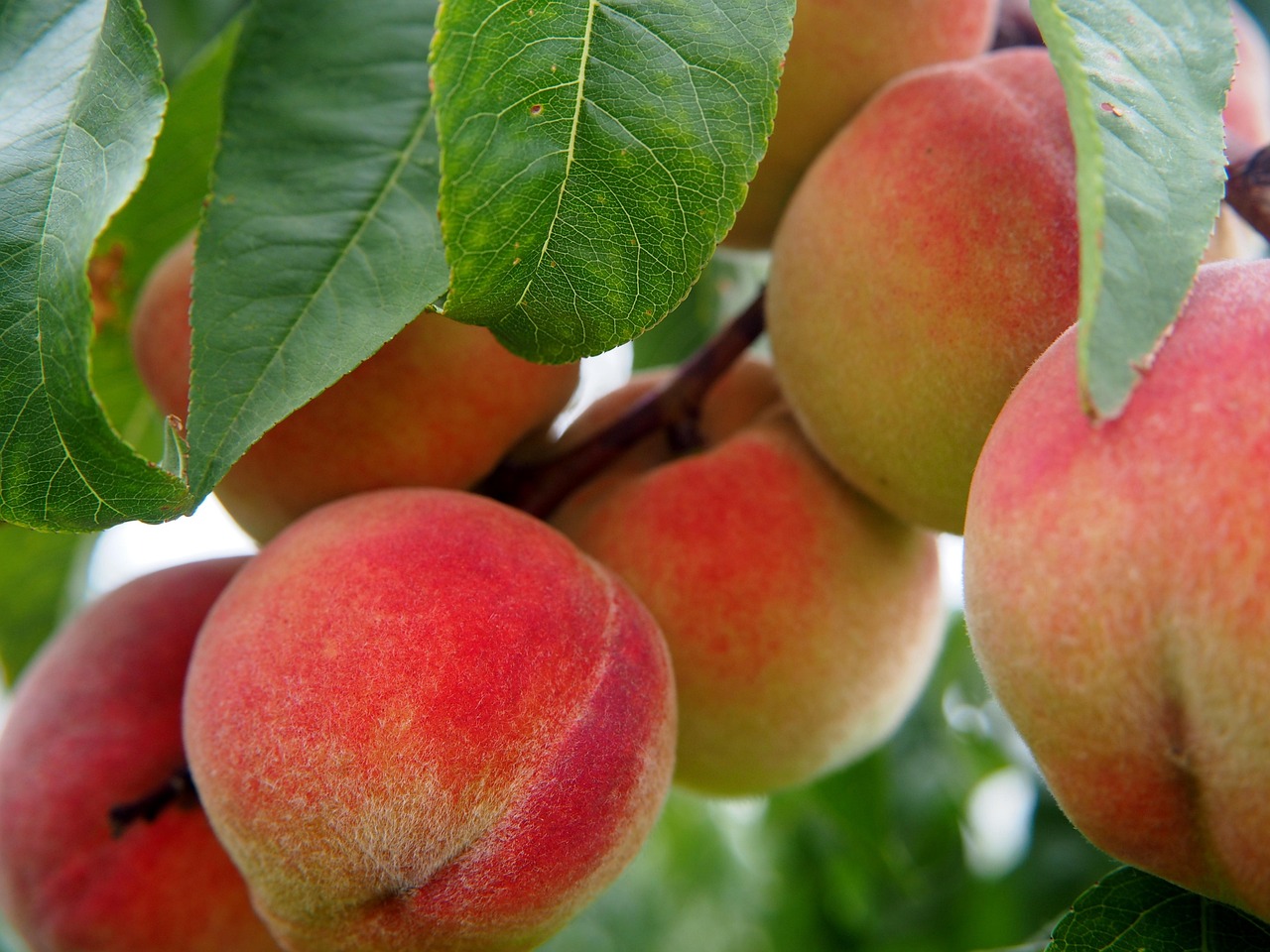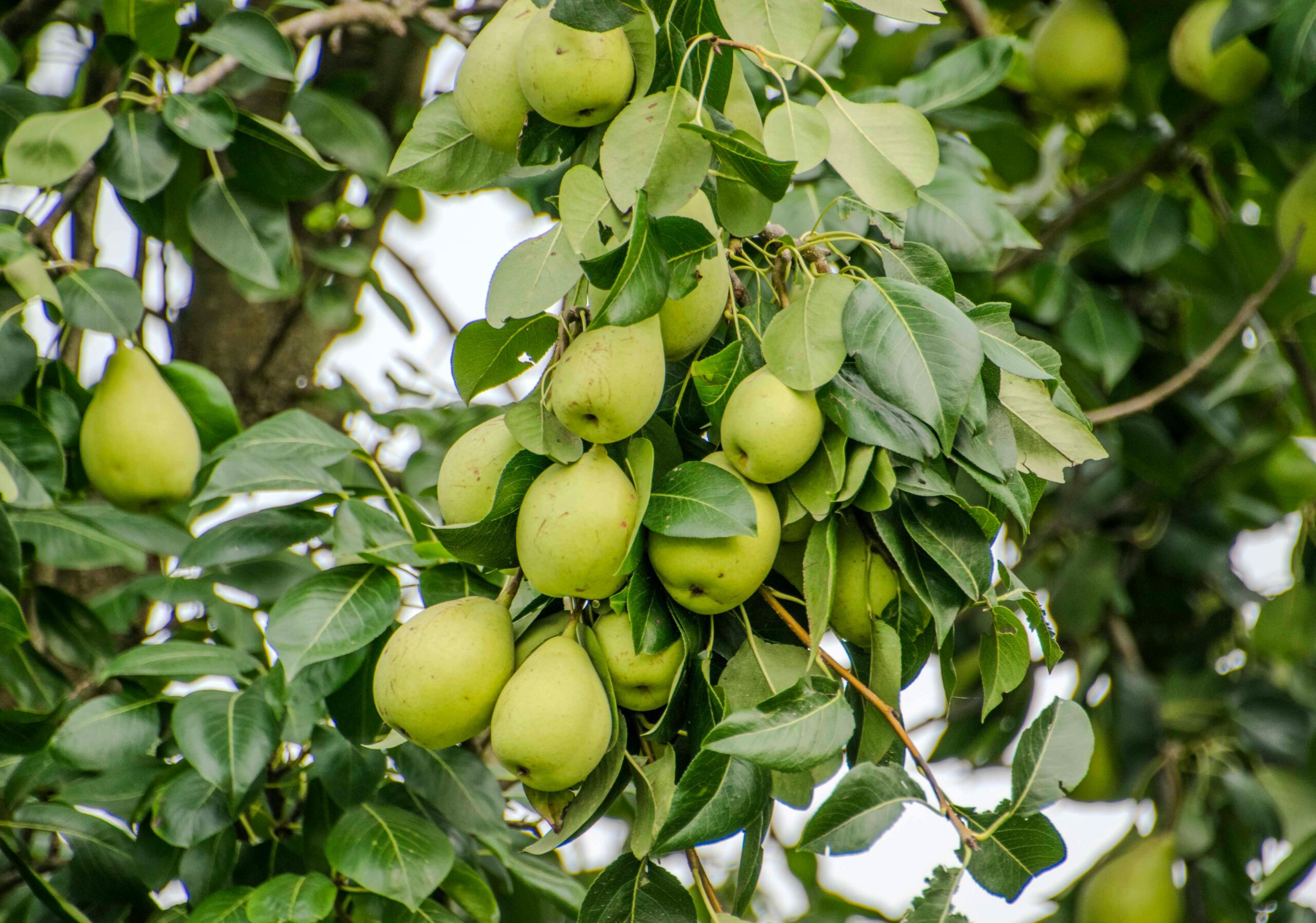Many home gardeners wonder whether fall is a suitable season to start growing a fig tree. Seasonal changes in temperature, soil warmth, and dormancy patterns significantly impact how well a fig tree establishes, depending on the propagation method and climate.
- With the right planning, fall can be a great time for transplanting nursery-grown fig trees, especially in regions where the soil doesn’t freeze early.
- Seed sowing, on the other hand, is not commonly preferred in the fall unless started indoors.
- As for cuttings, only hardwood cuttings taken in late fall (in mild climates) or early spring (in cold climates) are successful.
Can You Plant a Fig Tree in the Fall? What Works, What Fails, and Why
Fall provides favorable soil warmth and cooler air temperatures, which help young fig transplants develop roots without struggling against extreme summer heat.
If you’re buying a fig tree from a nursery and planning to shift it to your home garden, fall is a good time as long as the ground is not frozen and the plant gets 4–6 weeks to establish roots before a hard frost.
For all trees, discover the possibilities to plant them in the fall.
Transplanting Works in Fall, When:
You live in a mild or warm climate where winters aren’t too harsh.
- Soil is still workable and not waterlogged or frozen.
- You apply a layer of mulch to protect roots during the upcoming winter.
See here:
Is Fig Tree Cutting Suitable in Fall?
Fig trees are usually propagated through hardwood cuttings rather than softwood, because fig wood becomes firm and stores energy over winter.
But the right timing depends on your weather conditions:
- In mild or warmer climates:
You may take hardwood cuttings in late fall, once the tree has entered dormancy but before severe frost. These cuttings can be stored or directly planted in pots. - In colder regions:
Avoid fall cuttings. Instead, take hardwood cuttings in late winter or early spring before bud break. This prevents frost damage.
See here when to take fit cutting in your area!
Keep in mind:
Fig cuttings stay healthier if kept in a cool, slightly moist environment (like wrapped in damp paper and placed in a refrigerator) until planting time. See, 5 Steps to Propagate Fig Trees (Hardwood Cutting Method)
When to Take Fig Cutting Based on Area?
Like other fruit trees, the timing for fig cuttings depends on your climate zone. Because planting is about understanding your climate, the propagation method for the fig tree doesn’t change; only the timing does.
If you live in Texas, Florida, or Georgia, the following regional guides on fig cutting are for you;
When to plant fig cuttings in Florida | Best fruit trees for Florida
When to root fig cuttings in Texas | Best fruit trees for Texas
When to propagate fig trees in Georgia | Best fruit trees for Georgia
If you live in North Carolina, discover: Can you grow fig trees in NC?






